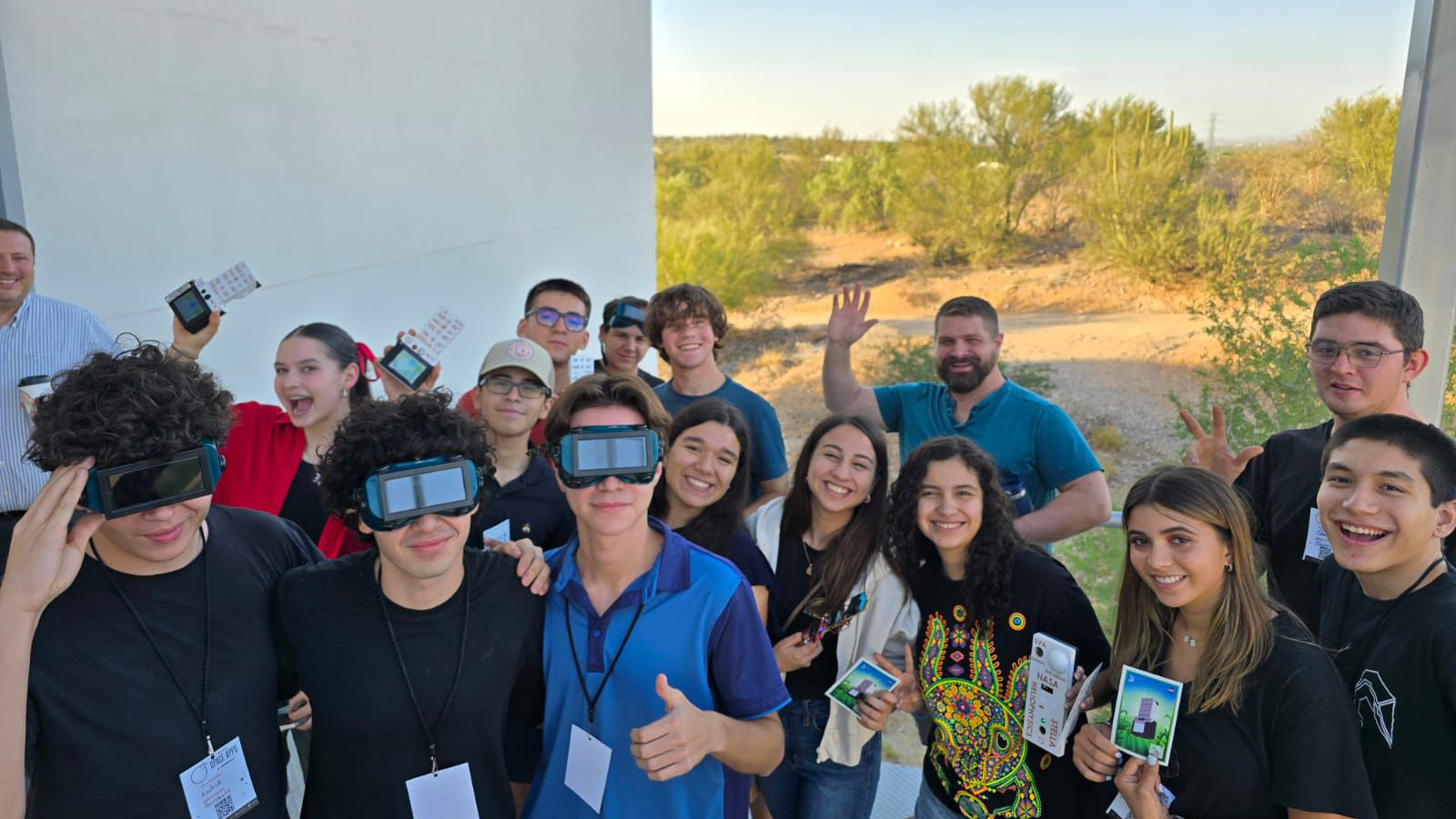STELLA Website Migration Announcement
We’re excited to announce that the STELLA (Science and Technology Education for Land/Life Assessment) website is moving to its new home!
New URL: https://science.gsfc.nasa.gov/stella
This migration reflects STELLA’s exciting evolution beyond its Landsat origins. While we continue to celebrate the remarkable achievements of the Landsat program—the longest-running Earth observation satellite program that has provided an unparalleled 50+ year record of our changing planet—STELLA has grown into a truly multi-disciplinary platform.
The STELLA (Science and Technology Education for Land/Life Assessment) project uses spectrometers that can be built with low-cost components and 3D printed housings to introduce NASA Earth observation technologies and provide authentic hands-on learning experiences for remote sensing education. STELLA instruments help engage students in the quantitative aspects of satellite data, provide insight into the scientific process, and encourage analytical thinking.


STELLA News

Wildlife Biologists Learn About Landsat
The Landsat Outreach team attended The Wildlife Society’s meeting in Baltimore, Maryland, to educate attendees about ways to use Landsat data in their research.

Making a Landsat App for NASA’s Space Apps Challenge
Participants in Hermosillo, Mexico participated in the Space Apps Challenge to create an easy-to-use app to access and download Landsat data.

Your Name in Landsat at GSA
The Landsat Outreach team participated in the 2024 Geological Society of America annual meeting in Anaheim, California. Attendees were able to learn about NASA’s role in geology and leave with a print of their name in Landsat satellite imagery.
* Any use of trade, firm, or product names is for descriptive purposes only and does not imply endorsement by the U.S. Government.


